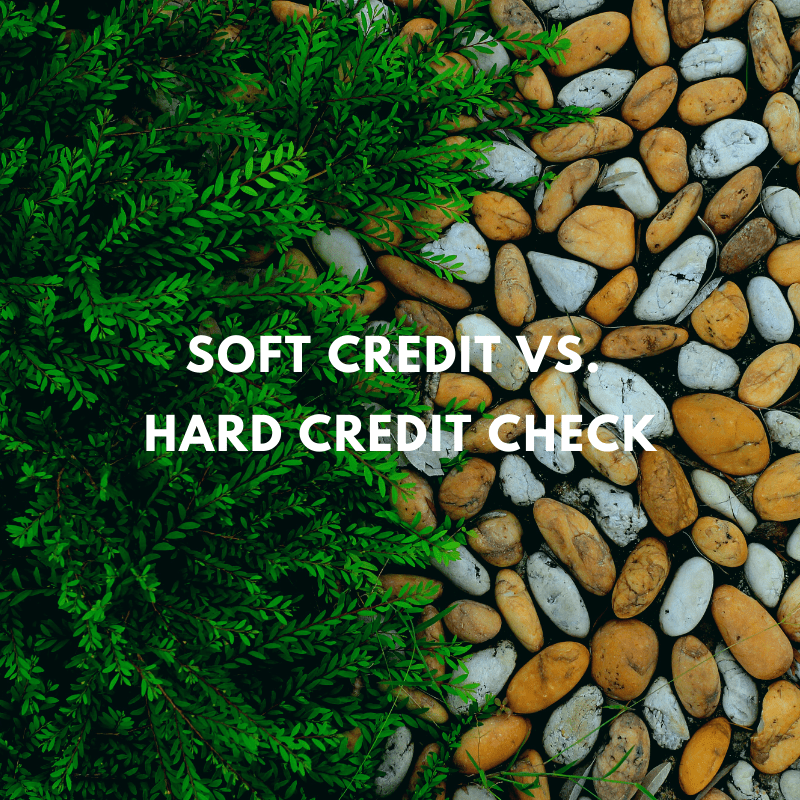A checking account is the foundation of any solid personal finance strategy. Most everyday transactions, including bill payments, ATM withdrawals, and transfers occur through checking accounts.
The best checking accounts keep your money safe while allowing you to take care of expenses and investments conveniently. Some accounts can help you grow your income as well. These are just a few of the things to consider when opening a new account.
In this post, you’ll learn about the different types of checking accounts that are available and the pros and cons of each.
9 Types Of Checking Accounts
Here are the 9 different types of checking accounts:
1. Traditional Checking Accounts
A traditional checking account sets you up with all the staples of banking. The bank will provide physical checks, a debit card, and access to online banking.
You can also easily link your checking with a deposit account, such as your high yield savings account or money market account.
Several big banks charge monthly maintenance fees, which can often be waived by setting up direct deposits or maintaining a certain account balance. Other fees to consider are those for using non-network ATMs and overdraft penalties. All of these fees are avoidable as long as you stay on top of them.
A traditional checking account is a no-frills option that will serve your most basic banking needs.
2. Premium Checking Accounts
A premium checking account is similar to a traditional account, with some added benefits. Usually, premium accounts come with added perks that encourage customers to keep more money with the bank.
These benefits will vary from bank to bank, but some perks include no-fee ATM transactions, no monthly service fees, free personal checks, and free money orders. You may also get exclusive opportunities to take advantage of other financial offerings from the bank, such as credit cards or free brokerage services.
Premium checking accounts typically require a higher minimum balance, and you may get hit with a monthly fee if you aren’t able to maintain that balance. You can also expect to have a high minimum initial deposit to get started. Whether or not it makes sense for you to carry a premium checking account depends on how you plan to use the account.
For example, if you frequently use out-of-network ATMs or write many checks, you might want to look for an account that doesn’t charge fees for those services.
3. Interest-Bearing Checking Accounts
Interest-bearing checking accounts allow you to earn passive income with the funds in your account. More commonly associated with savings accounts, some types of checking accounts offer interest-earning potential as well.
The biggest thing to understand here is the Annual Percentage Yield (APY) of any interest-bearing account that you’re considering. APY is the interest rate you earn from your bank deposits. If you like extra money, you’ll want to go with the bank that offers the highest APY.
Keep in mind that while some banks may advertise what looks like a high APY, it may be limited to a certain percentage of your monthly balance.
This APY could limit the amount of interest that you can earn, depending on how much money you’re keeping in the account. Just be sure to check out the fine print ahead of time, so there are no surprises.
Furthermore, APYs tend to fluctuate with the overall economy. For example, your account might start with an APY of over 1.00%, but then it may drop to 0.6%, depending on market conditions.
The takeaway here is that you won’t get rich on the APY you earn in your interest-bearing checking account. Think of it more like a bonus. If you can make an extra $20 or $30 each month for doing nothing, why not?
It might be a good idea to look into credit unions and online banks if you're interested in an interest-bearing account, as they may offer higher APYs.
4. Rewards Checking Accounts
A reward checking account works much in the same way that a credit card does. Simply use your debit card for purchases and earn rewards. Rewards can come in the form of cashback, points, or discounts, and special offers.
If you’re hesitant to open a line of credit but don’t want to miss out on points, this could be a great fit. You won’t have to worry about running up debt and paying interest if you overspend in a statement period.
The downside is that a rewards debit card won’t help build your credit score, and the rewards themselves may not be as expansive as you might find on a credit card.
There will likely be qualifying requirements to redeem bank rewards, so take time to understand each requirement fully. This way, you’ll be able to max out your benefits without running into any surprises.
5. Business Checking Accounts
If you’re an entrepreneur or want to run a small business, best practices suggest that you should have a separate business checking account to handle all of your work expenses.
Business checking accounts typically offer online bill pay, debit cards, checks, and other banking necessities. The account should make your day-to-day a little bit easier.
A good business checking account should offer a few perks as well. Keep an eye out for banks that charge low or nonexistent daily balance minimums, no transaction fees, and no-fee ATM withdrawals. There are many great free business checking accounts.
Another thing to keep in mind is any limit that an account might hold. If you run a business that brings in a lot of cash, you’ll need to make sure that the cash deposit limit aligns with what you expect to deposit. Similarly, there may be a limit on the number of transactions you can make with the account.
Additionally, some business checking accounts are online-only, so if your business deals in cash, you’ll have to look elsewhere.
6. Checkless Checking Accounts
Checkless checking is like a standard bank account minus the actual check writing. Instead of writing checks, you’ll make most purchases online or with a debit card.
Do you still need to send checks? No worries. Most banks allow you to do that through your online banking account, and you’ll be able to deposit checks through a mobile app.
If you utilize services like Zelle or Paypal, and your landlord has an online payment option, a checkless account might make sense.
The most significant benefit of a checkless account is that they’re usually free checking accounts because they cost less for the bank to manage.
7. Private Bank Checking Accounts
Private banking is a good option for those who have lots of cash saved up and prefer a more individualized experience.
These accounts usually require a high initial deposit and provide benefits such as dedicated wealth management services, higher limits on withdrawals and transfers, and access to insurance products.
While private banking accounts are usually for high-income individuals, some institutions offer them to standard earners.
Like premium checking, private banking falls under what is known as “relationship banking,” where the bank’s goal is to provide a variety of services to the client, such as mortgage loans, investment services, and business banking.
8. Student Checking Accounts
Student checking accounts are for college-age students (typically between 18 and 23 years old). Many student checking accounts offer protection from the common banking traps that many people fall into, such as overdraft protection.
You should also look for free checking accounts with no minimum balance requirements, ATM fee reimbursement, and no monthly maintenance fees.
Student checking accounts are an excellent entry point for those who are just getting started with banking.
Since the risk for incurring fees is generally much lower with these types of checking accounts, they provide a non-intimidating introduction to personal finance.
9. Senior Checking Accounts
Senior checking accounts are usually for people 55 years or older and typically offer benefits that appeal to this particular demographic. Senior accounts may offer free safe deposit boxes, waived maintenance fees, or gained interest on deposits.
Remember that many of the fees you see in other accounts, such as a minimum balance fee, will probably still pop up here. This is important because it may be difficult for retirees to waive these fees without traditional paychecks coming in via direct deposit.
While you can fix this with payments from a 401(k) or another retirement account, it’s something to be watched.
Other Types of Checking Accounts
Which Type of Checking Account is Right For You?
With so many types of checking accounts to choose from, it can quickly feel overwhelming deciding which bank to choose.
From large national banks to credit unions, to online banks and local banks, the best account for you depends on your personal needs and goals.
However, there are a few more things to consider, when finding the best checking account for your financial needs:
Fees
You might see a free checking account offer with no monthly cost, but find out later that they hit you with fees in other ways. Understanding potential fees, and how to avoid them, is the surest way to bank effectively.
Traditional vs. Online
Most banks offer online banking and a mobile app, in addition to brick and mortar.
Some banks have moved entirely online. Consider whether a robust mobile banking platform or having in-person services is most important to you. For many of our readers, online-only is just fine. However, if your business receives cash, you’ll want to go with a brick-and-mortar bank.
Income Level
Different accounts for different income levels. It’s essential to find one that makes sense for wherever you are in your financial journey. If a minimum balance is required to avoid bank fees, make sure you can maintain that. If that might be an issue, then you’ll want to avoid accounts that have balance requirements.
It’s Not Marriage
If you wind up signing up for an account but don’t like the level of service you’re getting, nothing is stopping you from moving to another bank. Since you’re not opening up a line of credit, there’s no impact on your credit score when you open a new checking account or switch banks.
Now that you understand all of the different factors that come into play, the next step is signing up and getting started. In just a few minutes, you can be on your way to worry-free banking.





No comments yet. Add your own